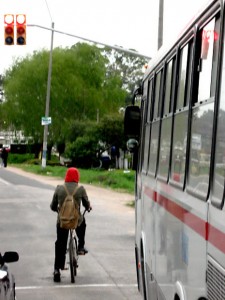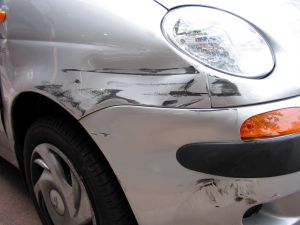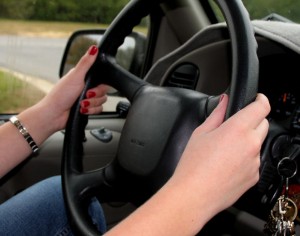Columbia Drunk Driving Accident Risks a Spring Focus
In 2012, 358 people in the state of South Carolina were killed in motor vehicle collisions involving impaired drivers. Mothers Against Drunk Driving (MADD) indicates that this was a 16 percent increase compared with the number of DUI fatalities in 2011. MADD also indicates that South Carolina is one of the worst states in the country when it comes to impaired driving. 
Drunk driving accident lawyers in Columbia, SC represent victims who sustain car accident injuries in collisions with impaired motorists and know the devastation these accidents can cause. It is important to do everything possible to stop motorists from driving while intoxicated and causing serious harm to themselves or others. One way to do that is to develop a better understanding of who is driving drunk so education and enforcement campaigns can be better targeted to at-risk motorists.
Who is Driving While Impaired?
Research has been done to provide insight into which drivers are most likely to operate their vehicles when they are impaired. The Century Council published a report on the rise of female drunk drivers and on the differences between male and female motorists when it comes to intoxication. The report showed:
- Road research has consistently demonstrated over the years that drunk driving is primarily done by males, but in the past three decades there have been a growing number of women driving drunk. Changes in social norms, changes in female roles and changes in social control mechanisms may all contribute to explaining the rise in impaired female motorists.
- The number of female DWI arrests has risen on a national level by 28.8 percent between 1998 and 2007. In 1980, only nine percent of DUI-arrestees were female. By 2004, 20 percent of the individuals arrested were women.
- The percent of female drunk drivers in fatal collisions was 12 percent in the 1980’s, 13 percent in the 1990s and 14 percent in the 2000’s.
- The percentage of female drivers who tested positive for any amount of alcohol in fatal collisions was 18 percent in 2005 and 16 percent in 2009.
- In 2008, 1,837 fatalities in crashes involved an alcohol-impaired female driver.
Women, therefore, are still less likely than men to drive while intoxicated. Among those women who do drive drunk, many have been found to a substantial addiction problem. Women face addiction not only to alcohol but also to sedatives and other drugs.
Knowing that men are the most likely DUI offenders is only part of understanding who drives drunk most often. Politifact also recently looked at the assertion that the majority of drunk-driving deaths and injuries were caused by first-time offenders with no prior record of driving impaired. Mothers Against Drunk Driving had made this statement, which Politifact declared to be true.
Data from the National Highway Traffic Safety Administration (NHTSA) confirmed MADD’s assertion because 93 percent of drivers involved in fatal collisions who have a blood-alcohol level of .08 or higher did not have a prior drunk driving conviction in the past three years.
By considering this information about who is most likely to drive drunk and cause accidents, hopefully steps can be taken to educate high-risk drivers and better enforce rules against drunk driving to bring down the number of injuries and deaths.
Contact Columbia injury lawyers at Matthews & Megna LLC by calling 1-803-799-1700.











